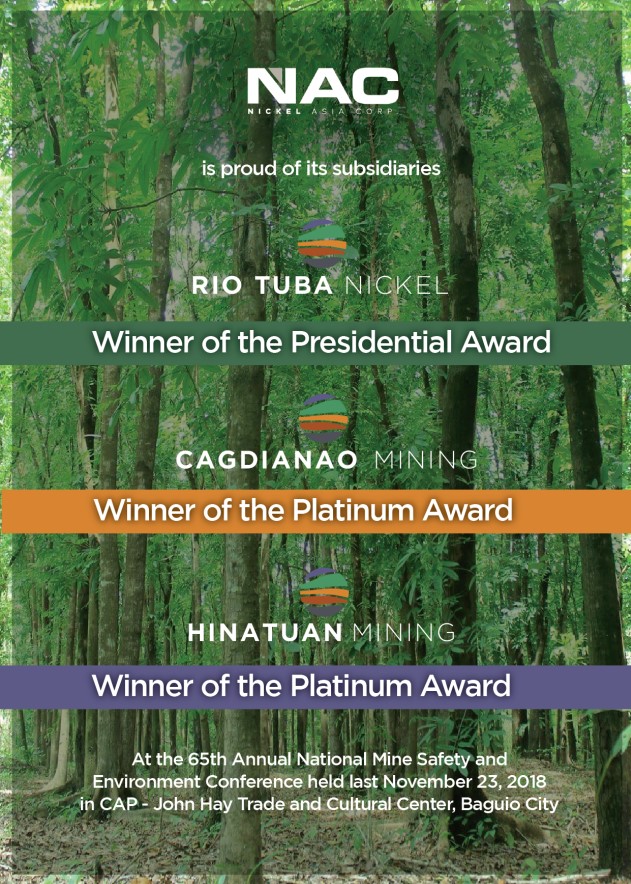Forster, Tuncarry: Australia’s jewel twin towns
By Leonardo V. Micua
FORSTER, New South Wales–“Wow, are you kidding?”
This was the excited reaction of doctors of St. George Medical Center in Kogarah when our daughter-in-law Dr. Maryjane Quevedo-Micua told them she and family are transferring to Forster.
One even said rather astonishingly, ” Forster? That’s the place of my dream!”
With the help of a removalist, the family moved to Forster, which is nearly four-hour drive from the Sydney’s suburb of Kogarah, mostly along the winding Pacific Highway that connects Sydney to the city of Brisbane in Queensland, some 960 kilometers away, allowing us to discover just a sample of Australia’s countryside.
New home is a three-room one-storey brick-walled villa with a large living room, dining room, kitchen complete with electric range, oven and dish washer, two bathrooms, a laundry room and garage that could fit two cars, with a long walking and playing area in front and at the back, plus a garden.
We are at the end of a subdivision where the houses are uniformedly similar to each other and to our left are vacant lots for future housing. Outside the fence at the back are trees that formed part of just one of Foster’s Nature’s Reserve where koalas live and during mornings, one can hear some of their young ones shierking everytime they see ravens flying on top of tall Eucalyptus trees.
Forster is good four-kilometer drive to its twin town Tuncurry where Dr. Maryjane holds medical clinic. The two towns are separated by a long bridge across the scenic Wallis Lake that is connected to the coast of the Pacific Ocean,
Wikipedia says that in 2011, the population of the two towns was more than 18,000 with Forster having more than 13,000 that year. Being vacation and retirement towns, their population may have grown quite a little three years hence.
Forster is famous for its One-Mile Beach. Tuncurry also has its own Nine-Mile Beach. You might be excited to know that the sands in those beaches look like yellow in color that is why they are very visible even at night.
Even on winter, the beaches are still teeming with people basking under the sun or doing sun-bathing in a bid to warm themselves up from the chilly weather.
We buy fresh fish from Tuncurry caught from the Wallis Lake. But when I got my one-month fishing license and started to fish myself and caught in my hook two Brin fish for dinner, we decided not to buy fish any more.
Fishing is a popular pasttime of the elderly population of both Forster and Tuncurry. Every afternoon, people sit on the rocks in both banks and throw their hook into the water. Fishing sometimes lasts into the night and the lucky ones may catch fish that could sustain them for a week.
When Dr. Maryjane was being sent to Tuncurry, her training provider said Tuncurry is a rural town. But in our view it is not. How can it be rural when like Forster, it has its own 18-hole golf course, shopping mall, medical center and possibly even a hypodrome for horse racing and most of all Woolworths, the captain of all supermarkets Down Under.
Aside from its own golf course, Forster is the center for outdoor lawn bowling and many of those playing from morn till dark at Foster’s Club if it is not raining are elderly citizens who we perceived dominate the town’s population.
The people in our village alone at the edge of a Nature’s Reserve is the best evidence of elderly population in Forster. Each house as big as ours is occupied by elderly couple who have none other living with them after retiring from work.
Four days after we settled, we strolled around and met our neighbor on the road. She greeted us and said, “Isn’t it beautiful (referring to the surroundings). “Yes, it is,” we responded. “It is lovely, especially under the sun.” she quipped and continued walking.
Aside from its One-Mile Beach, Forster boasts of its Bootie-Bootie National Park whose best come-on is a 45-minute walk up a hill along deliberately designed foot trails into the woods teeming with flora and fauna only indigenous on Australian soil.
At the end of the foot trail is a flatform called Hawkes Lookout where one can have a commanding view of One-Mile Beach, the Nine-Mile Beach, the long bridge that links Tuncurry to Forster, the Wallis Lake and the wide expanse of the Pacific Ocean to the east.
A stone marker near the platform says the place was reached on Saturday, May 12, 1770 by Capt. James Hook, the one who discovered Australia for the British crown, and where he established his own lookout.
There is another lookout east of Bootie Bootie, also in Forster, that could give any one a breath-taking view of the rocky precipice down the point where the ocean splashes hard its giant waves.
Enamoured by the pristine beauty of Forster and Tuncurry, the family has opted that it may finally settle in the place, where another young Filipino doctor from Dagupan, George Castllo Jr., son of Dr. Betha Fe Manaois-Castillo, is practicing his profession.
Dr. Castillo and his family lives in an upscale bungalow atop a hill overlooking the One-Mile Beach and the ocean, as well as the golf course to the left, just 10-minute drive from us.
They are among only four or five known Filipino families and Asians in the area–with the rest all white people– that usually see each other Saturday night when they go to mass in the Catholic church of Tuncarry, where some of our elderly neighbors are also parishioners.







